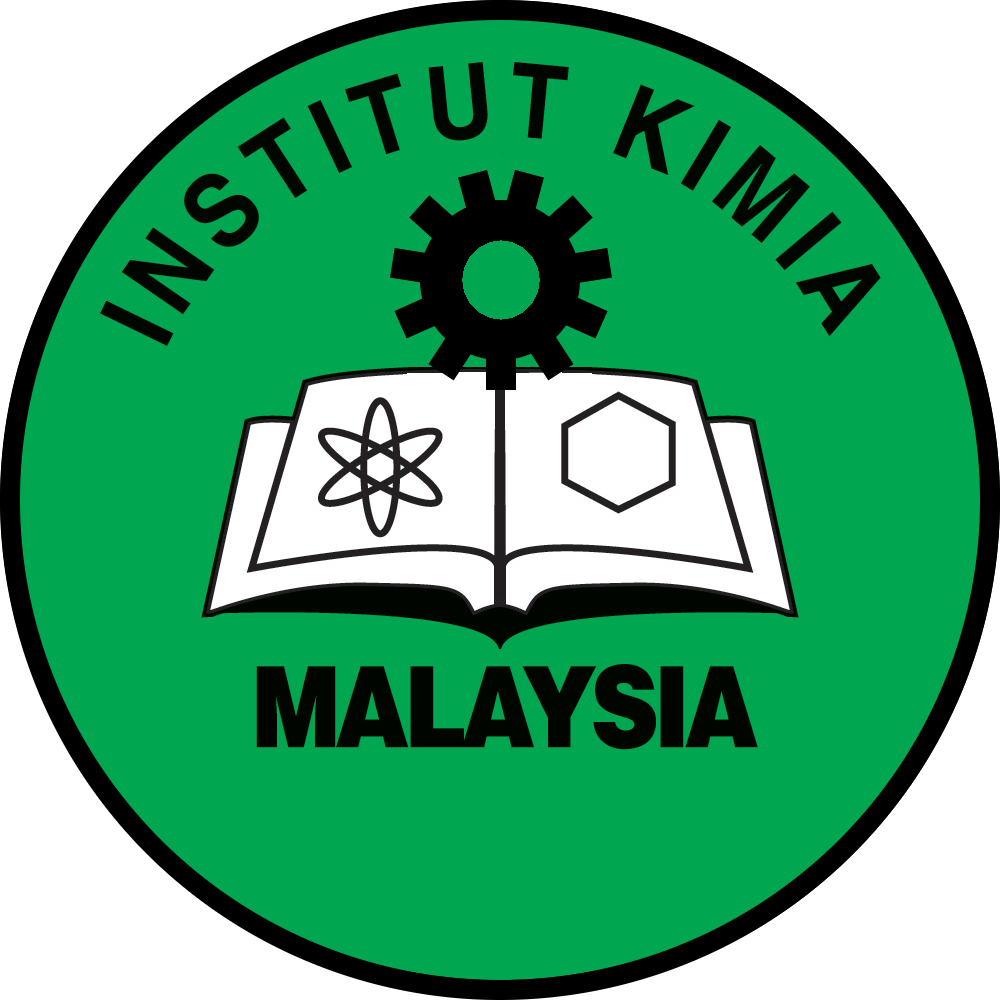Isolation and Characterization of Indigenic Microbes Producing Amylase Enzyme from Paper Industry Liquid Waste
DOI: https://doi.org/10.55373/mjchem.v27i1.200
Keywords: Isolation and characterization; microbial indigen; paper industry liquid waste; amylase enzyme
Abstract
Amylase is one of the most widely used enzymes in various industries. However, in Indonesia, its supply largely relies on imports, highlighting the need for domestic production using indigenous Indonesian microbes. This study aimed to isolate and characterize indigenous microbes capable of producing amylase from wastewater of the paper industry in Mojokerto, East Java. The research stages included sample preparation, isolation of amylase-producing microbes, crude amylase extract production, enzyme activity testing, optimization of amylase production, determination of specific activity, and bacterial identification by genotype. The study successfully identified two bacterial isolates, A7 and A8, that produce amylase enzymes, with enzyme activity values of 1.084 ± 0.026 U/mL and 0.784 ± 0.012 U/mL, respectively. Isolate A7 exhibited optimal amylase production at pH 3 and 37°C, with a specific activity of 1.092 ± 0.027 U/mg. In contrast, isolate A8 reached its optimal production at pH 7 and 37°C, with a specific activity of 0.805 ± 0.028 U/mg. Genotypic identification using 16S rRNA revealed that isolate A7 was classified as Metabacillus niabensis with a 100% similarity, while isolate A8 was identified as Fictibacillus nanhaiensis with a similarity of 99.79%.
